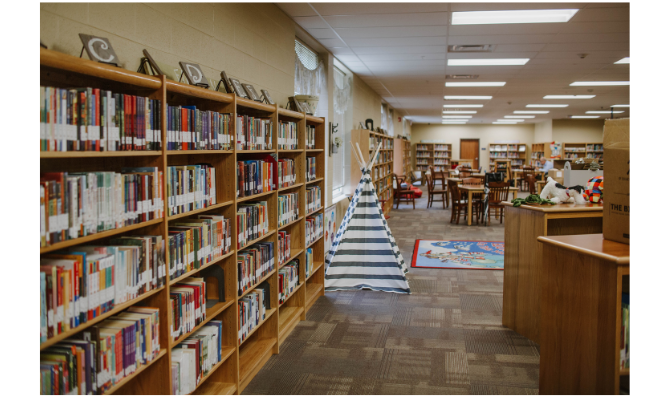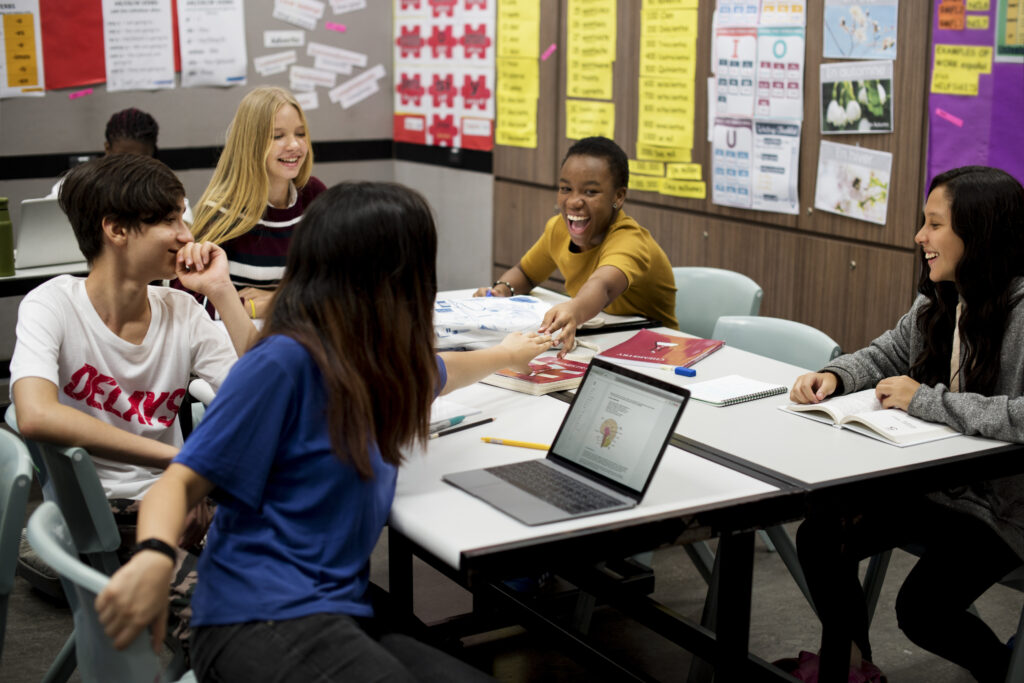
COVID-19 School Closures
Practical Actions to Prepare for Continued Student Learning
School closures due to coronavirus (COVID-19) are spreading internationally. The CDC has issued guidance on preparation for anticipated extended school closures in the United States. Some schools in the U.S. have started closing and states have warned schools to prepare for closures that last up to a month.
Community safety should be the top priority for emergency planning, and the most urgent school planning efforts will focus on safety priorities, including child care, nutrition for students who depend on school meals, and addressing the needs of students who receive necessary therapeutic services through their school system. Fortunately, most schools do have response plans in place to protect student safety for emergency situations. However, supporting learning for weeks on end without being able to go school is new terrain for all of us. Schools are looking for models for how to even imagine their options.
NOW IS THE TIME TO DEVELOP INSTRUCTIONAL CONTINGENCY PLANS.
In this post, we are sharing information about potential instructional models, what these models might mean for the roles and responsibilities of teachers and principals, and practical resources and templates that can help leaders make an instructional contingency plan.
WHAT ARE SCHOOLS’ OPTIONS FOR DISTANCE INSTRUCTIONAL MODELS?
The countries that have closed schools are taking different approaches to instructional delivery. Italy created a website with a free learning platform and lesson plans. Mongolian television stations are airing classes. Iran has made all children’s internet content free. We are seeking contacts in each country to learn more, but it is currently unclear how well these approaches are working, particularly for the most vulnerable students.
-
Digital Model (more frequent in high school or in 1:1 device contexts; similar to online courses)
-
Instructional delivery takes place on a platform (can be whole group or small group)
-
Students log on virtually at a given time to participate in the lesson in live-time
-
Students complete follow-up work and submit assignments electronically
-
Teacher monitors student work through the platform
-
-
Analog Model (more frequent in larger school systems with students in diverse contexts)
-
Hard copy textbooks or work packets
-
Teachers make group or individual calls (typically phone calls) to students to check in on work
-
Teachers maintain records of student completion of work independently at the end of the leave
-
-
Hybrid Model (more frequent when at least half of the student population has internet access)
-
Digital/video platform (i.e. Zoom, Skype, Google Hangouts) for a daily “class,” using the materials teachers are already planning to use
-
Students submit homework/classwork to their teachers through a variety of channels (i.e. texting pictures, uploading to Google Drive, OneNote)
-
Teachers track and record student completion and mastery (i.e. daily grade) through an electronic gradebook or student information system (so principals can monitor delivery)
-
Teachers maintain an open electronic chat function with students (i.e. private Facebook group, Google Groups) throughout the day
-
Teachers check in one-on-one with a caseload of students or students who were not able to join the class through various channels (i.e. phone, FaceTime) to review their homework, talk through hard questions, prepare them for the next set of assignments, and ensure they are still progressing
-
Across models, students will want and need a touchpoint every day to support their emotional well-being and learning.
ACROSS ALL OF THESE MODELS, SCHOOLS CAN MANAGE WORK IN LINE WITH STAFF MEMBERS’ CURRENT RESPONSIBILITIES.
Instead of teaching in school, teachers may be expected to teach from home. What does that mean?
-
Teachers continue to be an important social, emotional, and instructional touchpoint for students.
-
Teachers continue to be responsible for instructional delivery and accountable for student learning (unless ill, in which case a substitute teacher would cover).
-
Teachers have a heightened responsibility for checking in with and supporting students who are instructionally vulnerable.
Instead of leading a physical community of learning, principals may be expected to manage a virtual community of learning. What does that mean?
-
Principals continue to be accountable for student learning for all students in the school and responsible for supporting the well-being and effectiveness of teachers.
-
Principals continue to manage the schedule of instructional delivery and marshal resources to support teachers.
-
Principals continue to manage communication with teachers, students, and family members, with particular attention to the students who are instructionally vulnerable.
-
Principals continue to gather and review data on student performance and help teachers target key student learning needs.
How can everyone else in the school help?
-
Much like intervention blocks, where many teachers pitch in to support targeted learning for students, schools can support individual students and families by creating “caseloads” of students and distributing them across multiple teachers to make sure every student has a go-to point of contact and that the caseloads are not too big for any one teacher.
-
Non-instructional staff can support communication and follow-up with families or technology and management support for teachers.
In any model, the clearer the learning targets, the easier it will be to operationalize effective learning. Using a common curriculum will simplify the task of managing instructional delivery in all of these options. There are several resource options that are free online (check out these math and ELA resources), but the plan may look different by subject.
WHAT CAN SCHOOL AND SYSTEM LEADERS DO TO PREPARE?
Shifting the instructional model often means a shift in mindset and skills in addition to a tactical shift in delivery. We have frequently looked at short-term closures as “breaks” across the system. As schools prepare for longer closures, leaders will need to shift the message from “we are closing or cancelling school” to “we are moving to virtual delivery of instruction, but duties will remain consistent with our current duties.”
This resource includes concrete actions, recommendations, and resources for preparation.
We will continue to have conversations with partners, gather examples, and learn more about options for distance learning. In the next week, we will share more specific guidance on:
-
Sample daily schedules and roles and responsibilities for each model
-
Subject-specific curriculum content and support resources
Bottom line: If widespread school closures do come to pass, this is going to require a whole new idea of what a school can be and how a school can function. Schools have always played critical roles for the well-being of students and communities, and they will no doubt continue to do so in this moment. The good news is, schools are full of committed and hard-working educators who, together, can find a way. The key is to support and empower educators, stay focused on supporting student well-being and learning, and continue to rely on what we know how to do as educators: care for and teach students.


